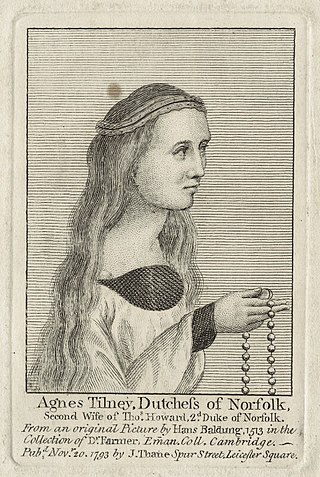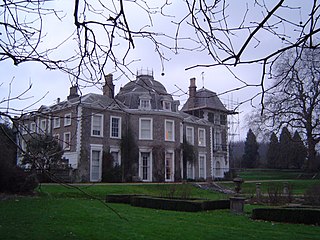Political career
In February 1547, Harper was knighted. He held several offices. He was Esquire of the body by 1533; Justice of the Peace for Kent from 1539 to 1547; keeper of the manor of Penshurst, Kent 1543; Sheriff of Kent from 1548 to 1549 and held several commissions.
George Harper had been the ward of his grandfather after his father's death. After the death of his grandfather, Harper's stepfather, Alexander Culpeper, purchased his wardship for £180. The Culpepers were a well-known Kentish family during the sixteenth century. At the age of 21, he married his stepfather's great-niece Lucy Peckham. He became a courtier at the court of Henry VIII, and became an esquire of the body. During the Lincolnshire Rising in 1536, Harper was trusted to carry letters between the King and the Duke of Suffolk, who was leading the King's troops against the protesters.
Although the Harpers were from Essex, his stepfather, and his first wife, held most of their lands in Kent. Harper's dispute with Lucy led to legal proceedings; she had appealed to the King's chief minister, Thomas Cromwell, that Harper was refusing to support her because she would not put half her lands in his possession.
In 1540, the King married Catherine Howard, whose mother was Joyce Culpeper, a distant relative of Harper's stepfather. In 1540, Harper secured a private act (32 Hen. 8. c. 72) against his wife, giving him much of what she had inherited from her brother, including the manor of Horne Place in Kent.
Harper's half-brother, Thomas Culpeper, was a prominent courtier and a favourite of the King's, so much so that he was trusted to sleep in, or at the foot of, the King's bed. In 1541, accusations were made that Thomas Culpeper was having an affair with the Queen. Both Queen Catherine and Culpeper were executed in February 1542. Culpeper was attainted and his lands given to the crown, but Harper had remained in favour, and was given some of his half-brother's lands, including the manor of Penshurst, Kent. From his brother-in-law, Nicholas Clifford, he inherited the manor of Sutton Valence, which became his chief residence in Kent.
Harper spent much time in the 1540s overseas, and was involved in the conquest of Boulogne in 1544. After the town had been won by the English, Harper remained, organising transport. He was commended by Thomas Howard, 3rd Duke of Norfolk for his role. He suffered a gunshot wound in Boulogne. On 29 December 1544, Harper was elected knight of the shire for Kent. The Parliament next met in November 1545. Expecting a French invasion, Harper was involved in improving the defences of Kent, the English county nearest France.
He had some association with John Dudley, 1st Duke of Northumberland, and when Mary I of England reclaimed the throne from Jane Grey, she ordered him to come to court and be given a general pardon for any treason he may have been involved in. The next year there was widespread discontent at the Queen's marriage to Philip II of Spain, and Harper joined the rebellion led by Thomas Wyatt the younger. He changed sides several times and was eventually imprisoned in the Tower of London, but pardoned without trial on 6 November 1555.








